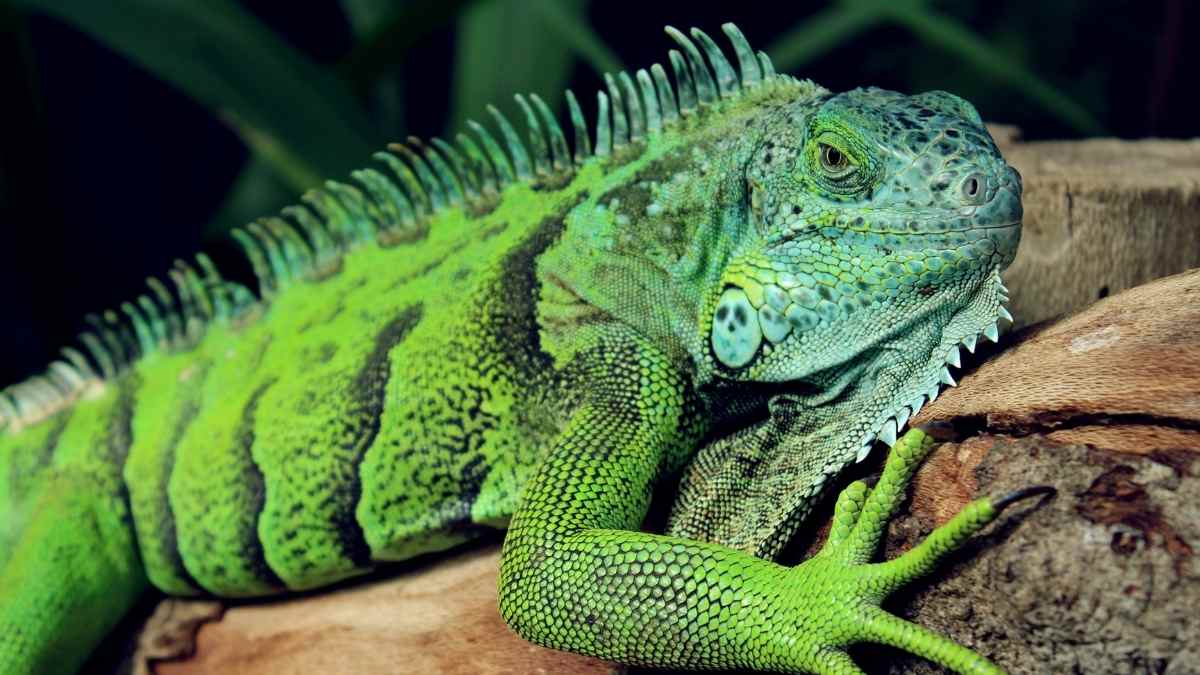Lizards are some of the most fascinating creatures on the planet.
There are over 6,000 different species of lizards, and they can be found on every continent except Antarctica. They come in all shapes and sizes and have unique adaptations that allow them to survive in various habitats.
This blog post will explore some surprising facts about lizards that you may not have known!
15 Facts About Lizards You May Not Know
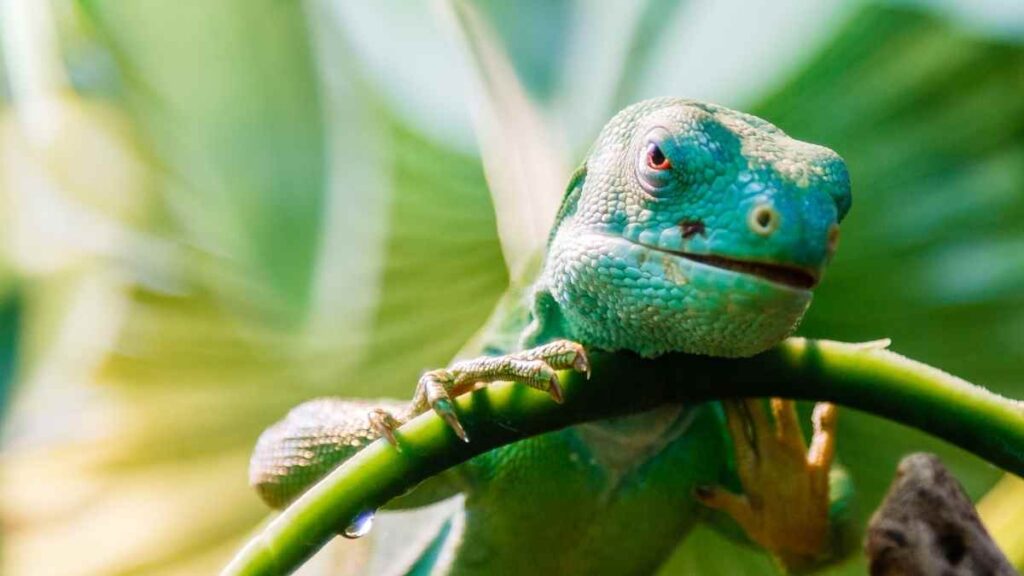
Lizards have been on Earth for over 200 million years!
That means they’ve been around since the time of the dinosaurs.
Did you know that some scientists believe that lizards are the descendants of dinosaurs? It’s true! There is a lot of evidence to support this claim.
For example, many lizards share similar physical features with dinosaurs. Additionally, lizards and dinosaurs lived during the Mesozoic era (the age of reptiles). So, it’s not surprising that these two groups are closely related.
There are over 6000 different species of lizards.
That’s right; there are over 6000 different species of lizards! Each one has its unique color, size, and shape. They come from all over the world, and each has its habits and habitat.
Some lizards are friendly, while others are more reclusive. But they all have one thing in common: they’re truly fascinating creatures.
-

Beaded Dragon Fan Exclusive: ‘Original Hipster’ T-Shirt – Wear Your Unique Style with Pride – Unisex t-shirt
£13.00 – £20.50 Select options This product has multiple variants. The options may be chosen on the product page -

Chinese Water Dragon Aquatic Mastery Tee: Dive into Elegance with Our Exclusive Reptile Enthusiast Shirt – Unisex t-shirt
£13.00 – £20.50 Select options This product has multiple variants. The options may be chosen on the product page
Lizards can be found on every continent except Antarctica.
You might find a tiny gecko running up your wall in Asia or see a Komodo dragon sunbathing on a hot rock in Indonesia. In the deserts of Africa, you could come across a long snake-like reptile called an agama.
Closer to home in North and South America, you may spot an iguana basking in the sun or a chameleon changing colors as it walks through the jungle.
But no matter where you go in the world, you won’t find any lizards on the freezing cold continent of Antarctica!
The largest lizard in the world is the Komodo dragon, which can grow up to ten feet long and weigh over 150 pounds!
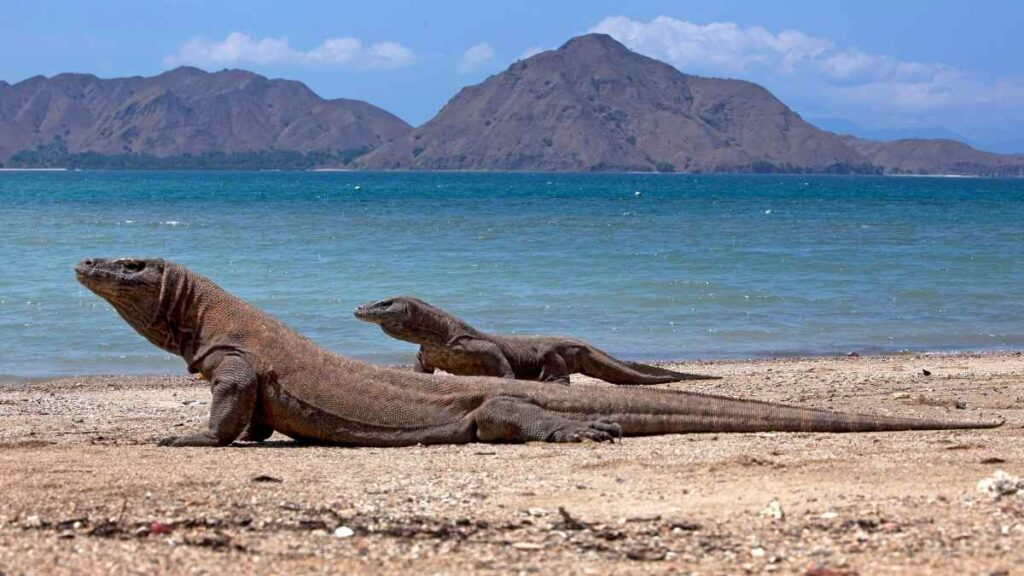
The Komodo dragon is the largest lizard in the world. These massive creatures can weigh up to 200 pounds and grow up to 10 feet long. Komodo dragons are native to the Indonesian island of Komodo but can also be found on the nearby islands of Rinca and Flores.
Don’t let their size and badass appearance fool you; these lizards are pretty docile and typically only attack when they feel threatened.
The smallest lizard in the world is the Threadtail, which is less than an inch long!
Threadtails are the smallest lizards in the world and can be as small as less than an inch long. They are fascinating creatures with distinct tails, often longer than their body. Threadtails are active during the day and can be found in various habitats, including forests, grasslands, and deserts.
Lizards come in all sorts of shapes and sizes.
Some lizards are small enough to fit in the palm of your hand (see above), while others can grow up to several feet in length. They can be brightly colored or dull browns and greens.
Some lizards even have frills or horns!
Some lizards can change their color to match their environment.
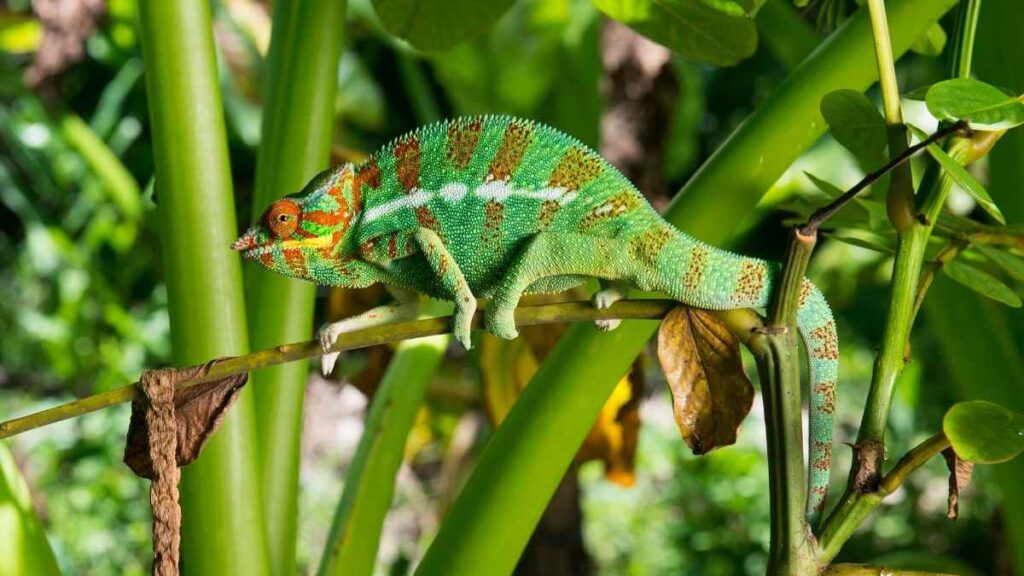
Lizards are amazing creatures. Some of them can change their color to match their environment.
Isn’t that incredible?
They can blend in with their surroundings to stay safe from predators.
Lizards are carnivores and eat insects, other lizards, and small mammals.
Most lizards are carnivores, with their diet typically consisting of insects, other lizards, and small mammals.
However, there are some notable exceptions to this rule, with a select few lizard species being herbivorous.
Lizards have long been known to be formidable predators, taking down prey much larger than themselves through powerful jaws and sharp claws.
Some lizards can detach their tails if predators grab them.
Some lizards can detach their tails if predators grab them. This is a defense mechanism that allows them to escape.
The tail will eventually grow back but will be shorter and duller in color.
Lizards are cold-blooded animals and regulate their body temperature using the sun.
Lizards are cold-blooded animals. To regulate their body temperature, they use the sun. By basking in the sun, they absorb heat, and later, when it becomes too hot for them, they retreat to the shade to cool off.
Some lizards can glide through the air!
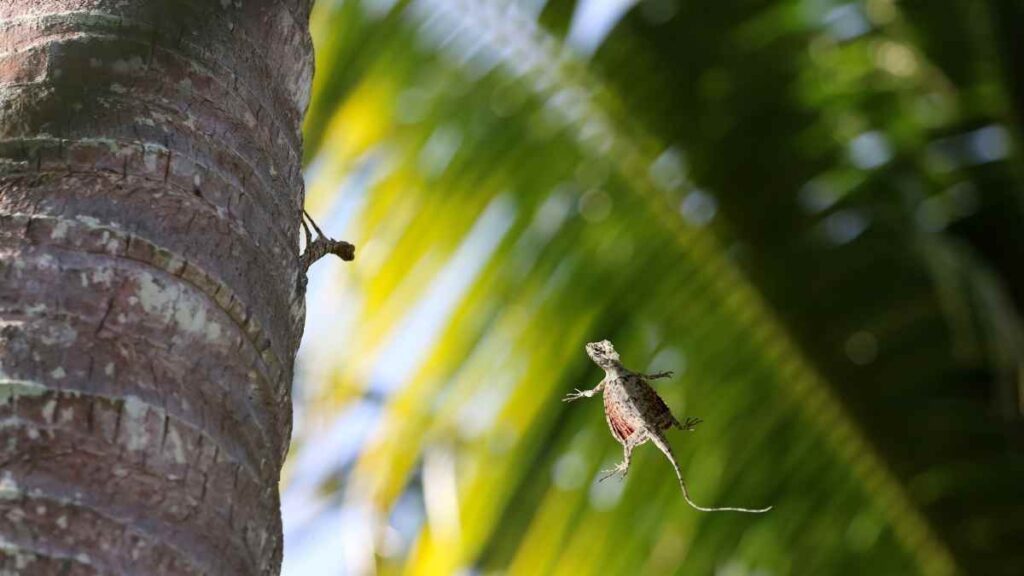
Some lizards can glide through the air. Their ability to do so is thanks to special scales on their bellies that act as mini wings.
When they want to glide, they use their tail to push off from a tree or other high surface and then enjoy a graceful descent.
A Chameleon’s tongue is very long!
A Chameleon’s tongue can extend to twice the length of its body. The snake-like appendage is sticky, allowing the reptile to snatch prey from a distance.
The ability to shoot out its tongue helps the chameleon escape predators and snatch food that would otherwise be out of reach.
Some baby lizards have an ‘egg’ tongue.
When baby lizards hatch from their eggs, they come into the world with a little something extra: an egg tongue.
This specialized organ helps the young reptiles to break through the eggshell and get their first taste of freedom.
But once they’ve made it into the world, this egg tongue falls off and is never seen again.
Some lizards are quick on their feet.
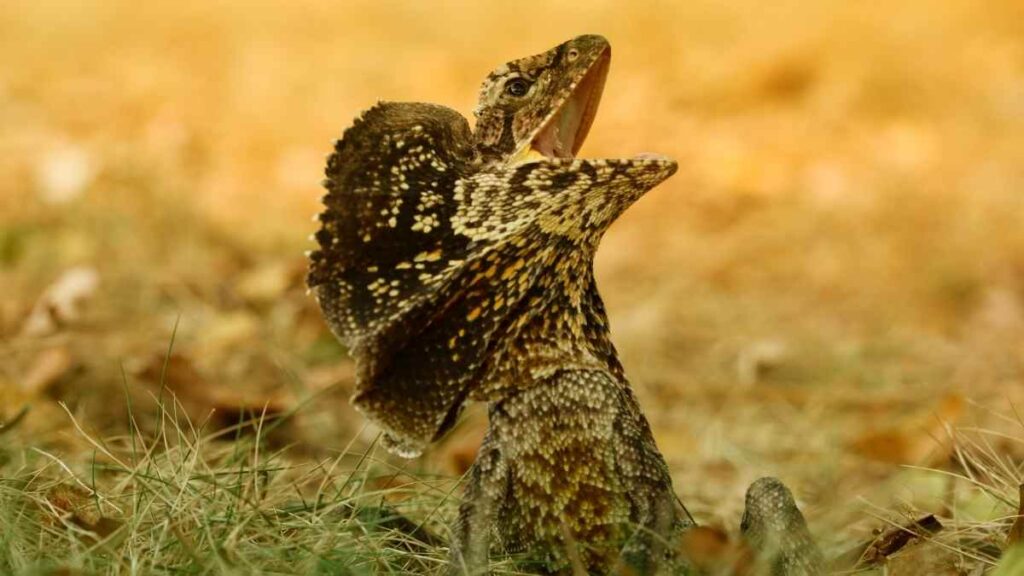
The frilled lizard is an amazing creature. When running, it can reach speeds of up to 12.5 miles per hour!
These speedy reptiles usually live in hot, dry habitats like deserts or scrublands.
Horned lizards have a strange defense mechanism.
Horned lizards are a strange species. They have evolved a unique defense mechanism to keep predators at bay.
These lizards will puff up their bodies and make themselves as big and intimidating as possible when threatened. If that doesn’t work, they will squirt blood from their eyes at the attacker.
Needless to say, horned lizards are not to be messed with!
Conclusion
If you’re anything like me, you love learning new things about animals.
I hope that this page has taught you some new and interesting facts about lizards that you didn’t know before.
These creatures are unique and have adapted to live in several different environments worldwide.
I encourage you to do more research on your own to learn even more about these fascinating creatures.
Maybe you will want to add a lizard or two as pets after reading this!

